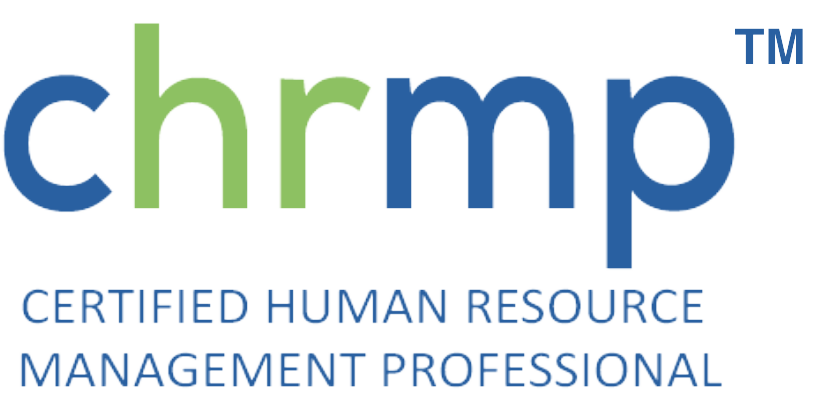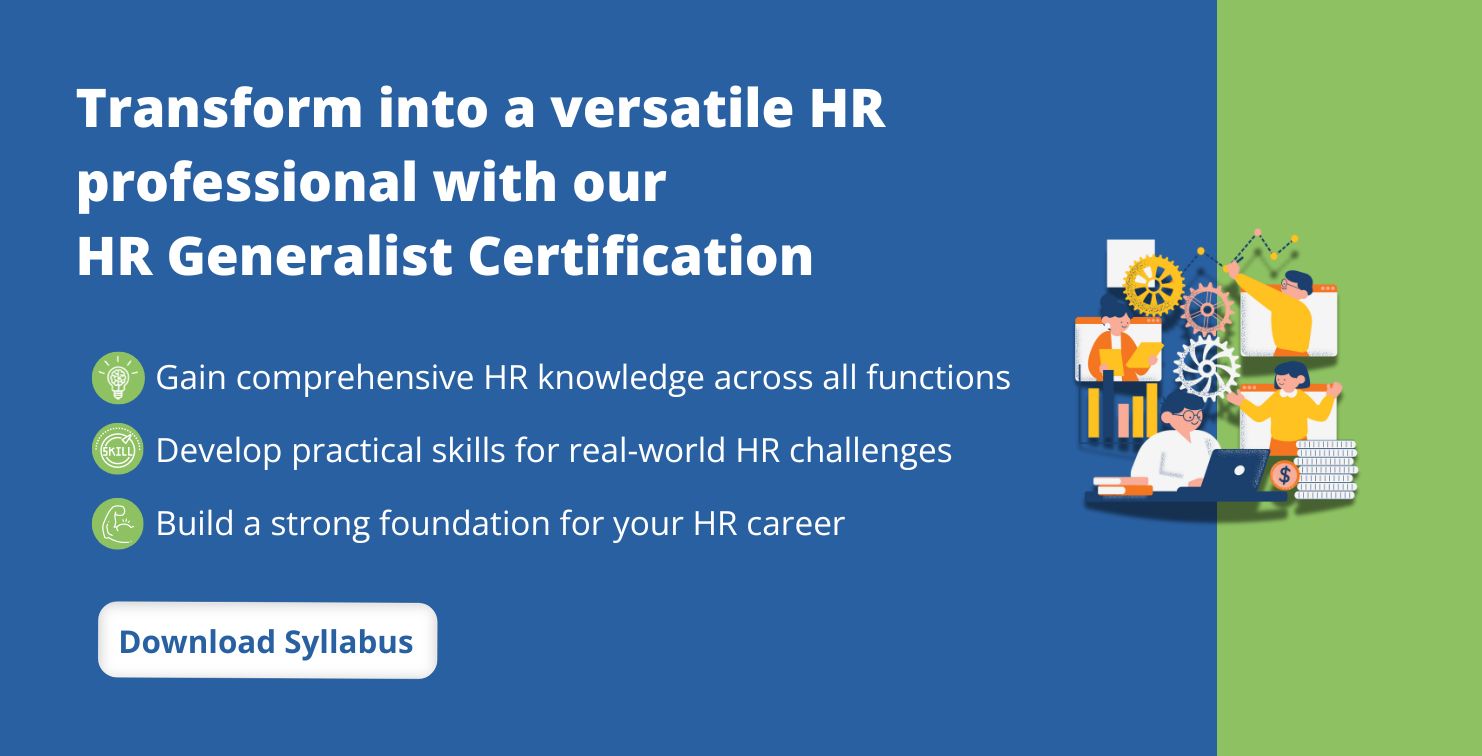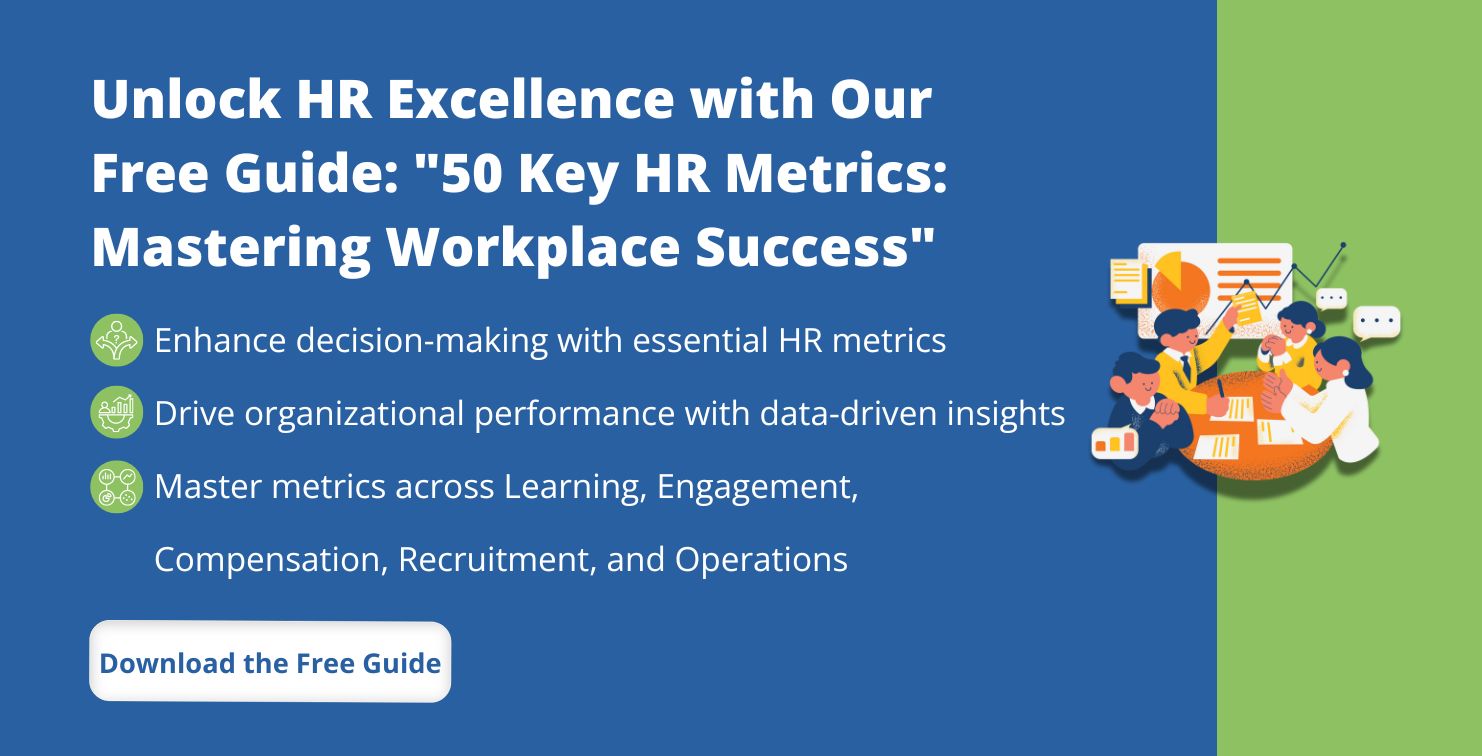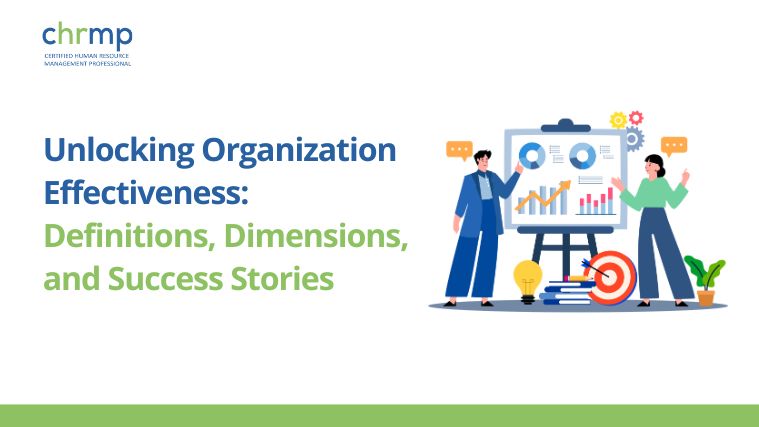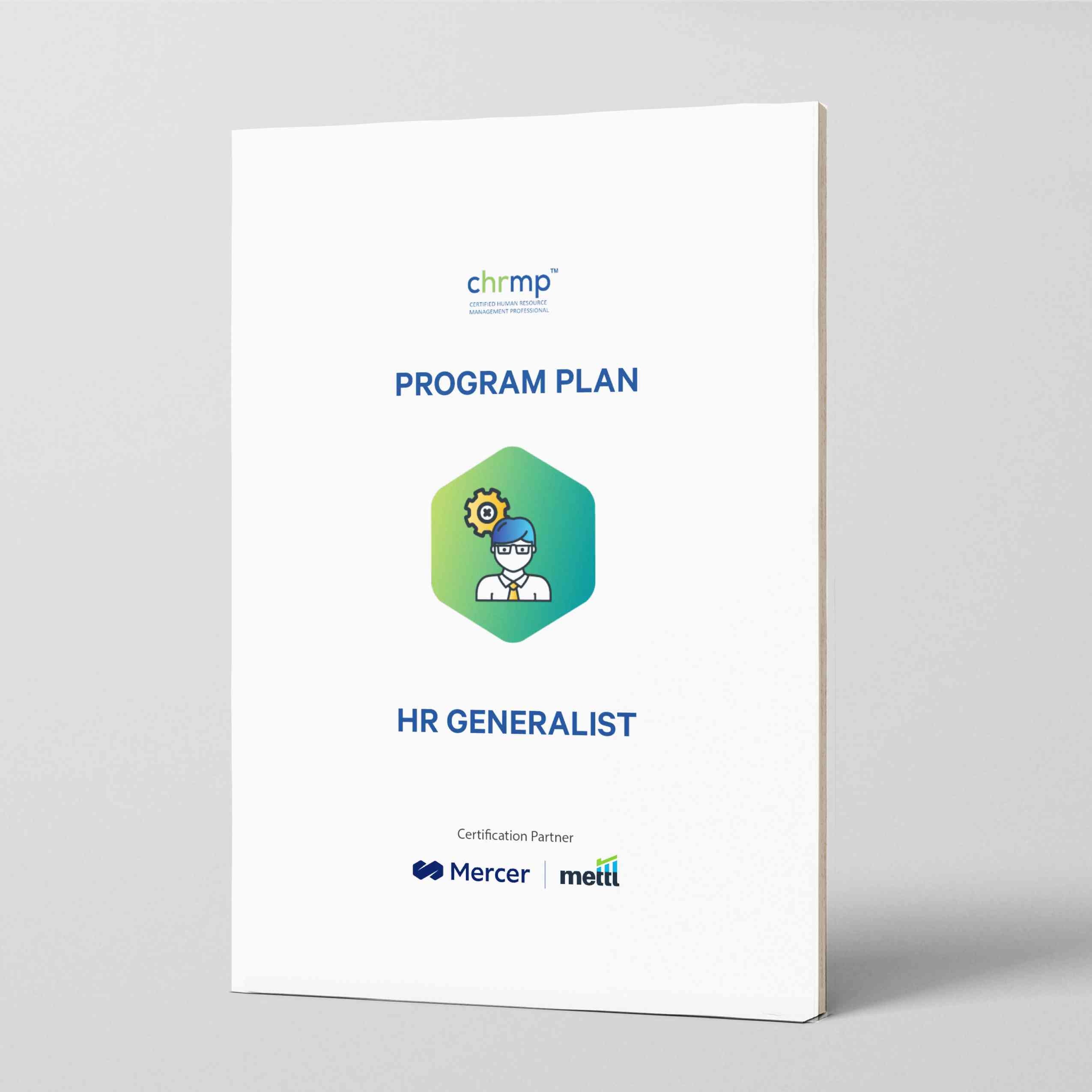Job rotation is a human resources management strategy involving revolving employees between different roles and departments within an organisation. This practice has been popular for a long time as businesses sought maximisation of their workforce potential, productivity and engagement to create a more dynamic, agile, and adaptable workplace culture.
The benefits of this include skill development, talent management, employee engagement, cross-functional collaboration, etc.
It helps employees to develop new skills, broaden their knowledge base, and gain exposure to different aspects and departments of the organisation. It also promotes cross-functional collaboration, improves employee engagement and satisfaction, and reduces the risk of burnout and boredom in the workplace.
In this blog, we shall explore the concept of job rotation in more detail, including its benefits, best practices, and potential pitfalls to avoid.
Whether you are a business owner, HR professional, or employee looking to expand your skill set, this blog will provide valuable insights into this important HR strategy.
So without further ado, let’s begin!
What is Job Rotation?
Job rotation is a human resources management practice where employees are moved between different roles or departments within an organisation or its subsidiaries for a specified period.
It is a deliberate effort to expose talented employees to various aspects and functions of different departments of the organisation, broaden their skills and knowledge base, and prepare a pool of able and talented candidates who can fill up important posts in case of emergency exits or otherwise.
It helps create future leaders by exposing them to various management aspects of the organisation.
The main objectives of job rotation are:
- Skill development
- Employee engagement and motivation
- Succession planning and talent development
- Knowledge transfer and cross-training
- Enhanced organizational flexibility and adaptability
Importance of Job Rotation
There are several reasons why job rotation is important. Let’s discuss it in more detail:
1. Employee Engagement:
Reducing boredom and burnout by providing employees with new challenges and opportunities to learn can be achieved through job rotation. This can lead to higher job satisfaction, employee engagement, and motivation, which can, in turn, improve productivity and retention rates.
2. Talent Development:
Job rotation can also help organisations identify and develop workforce talent. By exposing employees to different areas of the business, employers can identify individuals with a natural aptitude for certain roles or functions and provide them with additional training and development opportunities as a measure in HR planning.
They would have a batch of talented candidates in the pipeline to fill up important management posts in case of emergency transitions or otherwise. It is a great way to build future leaders for important posts.
3. Collaboration:
Job rotation can promote cross-functional collaboration and a better understanding of how different parts, i.e. the departments of the organisation, work together. This can lead to better communication, more effective problem-solving, and improved decision-making.
To summarise, job rotation is an important HR strategy that helps businesses build a more dynamic, adaptable, and engaged workforce while identifying and developing organisational talent.
What are the Pros and Cons of Job Rotation?
Rotating jobs brings several benefits to employers and employees, but it also has potential drawbacks.
Let’s take a look at some of the pros first:
1. Skill Development:
Rotating jobs allows employees to learn new skills, gain exposure to different areas and departments of the organisation and develop a broad range of competencies, perspectives and skill sets.
2. Talent Management:
Rotating jobs can help organisations develop talent by identifying and developing talent within their workforce by allowing employees to demonstrate their potential in various roles under different departments.
3. Employee Engagement:
Rotating jobs can help employees feel more engaged and motivated by reducing boredom and burnout, providing new challenges and learning opportunities, and promoting a sense of accomplishment.
4. Cross-functional Collaboration:
Rotating jobs can promote better communication, collaboration, and understanding of how different parts of the organisation work together, leading to improved problem-solving and decision-making.
While there are several pros to implementing job rotation in your organisation, there can be several cons if things go sideways. Let’s take a look at some of them:
1. Reduced Productivity:
Job rotation can result in temporary declines in productivity as employees adjust to new roles, environments and learn new skills.
2. Increased Training Costs:
Employers may need to invest additional time and resources to train employees for new roles while practising job rotation, which can increase training costs. Otherwise, an employee can stay in the same role once training has been provided for years.
3. Disruption of Teams:
Rotating job roles can disrupt existing work teams and make initial working days a little rocky because of temporary gaps in knowledge or skill levels, which may need to be addressed with additional support or training.
4. Resistance from Employees:
Some employees tend to resist job rotation, particularly if they have a strong attachment to their current role or department or perceive it as a threat to their job security.
To conclude, Rotating job roles can provide several benefits to organisations and employees, but it requires careful planning and execution to minimise potential drawbacks. By weighing the pros and cons of job rotation, businesses can determine if it is a suitable strategy for their needs and develop effective plans to implement it.
Top 7 Job Rotation Best Practices
To ensure the effectiveness of job rotation as an HR strategy, listed below are some best practices that organisations can follow:
1. Clear Objectives:
To set clear objectives for rotating job roles, consider the specific skill sets and competencies employees will develop through rotation. Align these objectives with the company’s strategic goals and identify specific roles or departments that will help employees achieve these objectives.
2. Communication:
Communication is key to ensuring that employees understand the benefits of job rotation and feel supported by management throughout the process. This includes explaining the rationale behind rotating job roles, addressing concerns and questions, and communicating how job rotation aligns with the company’s goals and values.
3. Planning and Preparation:
To prepare for rotating job roles, identify suitable roles or departments that align with employee goals and career aspirations. Develop plans for training and support, and establish clear timelines and expectations for the rotation.
4. Fairness and Transparency:
Ensure that job rotation is fair and transparent by creating clear criteria for selection and making the process visible and viable to all employees. Use objective performance metrics and seek employee input when selecting candidates for job rotation.
5. Evaluation and Feedback:
Regular evaluation of the effectiveness of rotating job roles must be done, and employees should receive feedback. This includes surveys, performance reviews, and one-on-one meetings. This will help identify areas for improvement and enable employees to make the most of their job rotation experience.
6. Flexibility:
Be open to adjustments or modifications based on employee feedback and individual circumstances. Employees may have different needs or aspirations that may not align with the initial plan, but flexibility can help ensure that job rotation remains effective and beneficial for all participants.
7. Support:
Support should be provided to employees during job rotation, including mentoring, coaching, and access to resources. This will help employees adjust to their new roles and perform at their best. Additionally, managers and HR professionals should be available to address any concerns or questions that employees may have during the job rotation process.
Barriers in Job Rotation
Job rotation requires employees to possess a certain level of versatility and adaptability to perform well in different roles. However, if employees lack the necessary skills or knowledge to excel in various positions, it can act as a barrier to effective job rotation.
Managers and supervisors may be hesitant to implement job rotation due to concerns about potential disruptions to workflow, loss of expertise in specific roles, or the need for additional training. Their resistance can create a barrier to the successful implementation of job rotation programs.
In organizations with rigid hierarchical structures and siloed departments, job rotation can be challenging. Lack of communication and collaboration between departments or resistance to sharing resources and talent can hinder the implementation of job rotation initiatives, limiting employees’ exposure to diverse roles and experiences.
Types of Job Rotation Processes
There are different types of job rotation processes that organizations can implement. Some common types include:
1.Horizontal Job Rotation: In this type, employees are rotated across different roles or positions at the same hierarchical level within a department or functional area. It provides employees with a broader understanding of their own area of expertise and enhances their skills and knowledge within a specific domain.
2. Vertical Job Rotation: Vertical job rotation involves moving employees across different levels of hierarchy within the organization. It allows employees to gain experience and develop skills at various management levels, preparing them for future leadership roles.
3. Departmental Job Rotation: In departmental job rotation, employees are rotated across different departments or functional areas within the organization. It enables employees to gain a holistic understanding of the organization’s operations and facilitates cross-functional collaboration and knowledge-sharing.
4. Geographic Job Rotation: Geographic job rotation involves transferring employees to different geographical locations or branches of the organization. It helps employees develop a global perspective, adapt to diverse working environments, and gain exposure to different markets and cultures.
5. Time-Based Job Rotation: Time-based job rotation involves predetermined time periods for employees to rotate through different roles or positions. It ensures a regular and systematic rotation, allowing employees to gain varied experiences and perspectives over time.
6. Project-Based Job Rotation: In project-based job rotation, employees are assigned to different projects or cross-functional teams for a specific duration. It allows employees to develop project management skills, collaborate with diverse teams, and work on different types of initiatives.
These are just a few examples of job rotation processes, and organizations can customize their approach based on their specific goals and requirements.
Planning and Implementing Job Rotation in Your Organisation
Planning and implementing job rotation in your organization involves several key steps. Here is a general framework to guide you through the process:
1.Identify Objectives: Determine the objectives and goals of implementing job rotation in your organization. Clarify the specific benefits you aim to achieve, such as skill development, talent retention, or succession planning.
2. Assess Organizational Readiness: Evaluate your organization’s readiness for job rotation. Consider factors such as the organizational structure, culture, and resources available to support the implementation. Identify any potential barriers or challenges that need to be addressed.
3. Define Job Roles and Responsibilities: Clearly define the different job roles and responsibilities within your organization. Identify the skills and competencies required for each role and determine how they align with your objectives for job rotation.
4. Identify Potential Rotation Opportunities: Identify potential rotation opportunities based on the defined job roles and responsibilities. Consider the cross-functional, cross-departmental, or cross-level rotations that would provide valuable learning experiences for employees.
5. Develop Rotation Plans: Develop individualized rotation plans for employees. Determine the duration and sequence of rotations, taking into account the learning objectives, skill development needs, and the employee’s career aspirations. Ensure a balance between continuity of work and exposure to new roles.
6. Communicate and Gain Buy-In: Communicate the benefits and objectives of job rotation to employees and stakeholders. Address any concerns or questions they may have and emphasize the value of the program in their professional development. Gain buy-in and support from managers and supervisors who will be involved in the rotation process.
7. Provide Training and Support: Provide necessary training and support to employees undertaking job rotations. Offer orientation programs, job shadowing opportunities, mentoring, and access to resources that can help them transition smoothly into new roles.
By following these steps, you can effectively plan and implement job rotation in your organization, promoting employee growth, engagement, and organizational agility.
Job Rotation Examples
1.Cross-Departmental Rotation: An employee in a manufacturing company starts their career in the production department, but as part of a job rotation program, they are assigned to work in different departments such as logistics, quality control, and sales. This rotation allows the employee to gain a holistic understanding of the company’s operations, develop cross-functional skills, and contribute to various aspects of the business.
2. Leadership Development Rotation: A multinational corporation implements a leadership development program that includes job rotation for high-potential employees. These employees are rotated through different management roles across various divisions or regions of the company. This rotation exposes them to different business challenges, cultural contexts, and leadership styles, preparing them for future leadership positions within the organization.
3. Project-Based Rotation: In a technology company, employees are given the opportunity to participate in project-based rotations. For example, a software engineer who specializes in front-end development may rotate to a project focused on back-end development or data analysis. This rotation allows the employee to broaden their technical skills, collaborate with different teams, and gain exposure to diverse projects and technologies.
Frequently Asked Questions
1. What are the benefits of rotating job roles?
A: Job rotation can provide several benefits, including skill development, talent management, employee engagement, and cross-functional collaboration.
2. What are the potential drawbacks of rotating job roles?
A: Potential drawbacks of job rotation include temporary declines in productivity, increased training costs, disruption to teams, and resistance from employees.
3. How can organisations implement job rotation effectively?
A: To implement job rotation effectively, organisations should set clear objectives, communicate the benefits of job rotation, plan and prepare for rotation, ensure fairness and transparency, regularly evaluate and provide feedback, be flexible, and provide support to employees.
4. How can employees benefit from rotating job roles?
A: Employees can benefit from job rotation by developing new skills and competencies, gaining exposure to different areas of the organisation, and demonstrating their potential for career advancement.
5. How can job rotation help organisations develop talent?
A: Job rotation can help organisations identify and develop talent by giving employees the opportunity to demonstrate their potential in various roles and departments. This can help organisations build a strong and diverse talent pool.
6. Can job rotation improve employee retention?
A: Yes, job rotation can improve employee retention by providing employees with new challenges, opportunities to learn, and a sense of career progression within the organisation.
Conclusion
To conclude, job rotation is an effective talent management strategy that can provide numerous benefits to both employees and organisations.
By rotating employees through different roles or departments, organisations develop a more dynamic and engaged workforce, identify and develop talent, and address skill gaps within the organisation.
This helps organisations in building a strong and diverse talent pool to fill up regular or emergency exits of employees.
Job rotation has potential drawbacks, which require careful planning, communication, and support to be effective. By following the best practices and addressing concerns and challenges proactively, organisations can implement job rotation successfully and reap the benefits of a more engaged and skilled workforce, thus reducing replacement costs.
Job rotation improves employee retention by providing them with new challenges, opportunities to learn, and a sense of career progression within the organisation, which is a method to promote work satisfaction among employees.
Finally, job rotation is a valuable tool for talent management that contributes to the success and growth of organisations in today’s competitive business environment.
